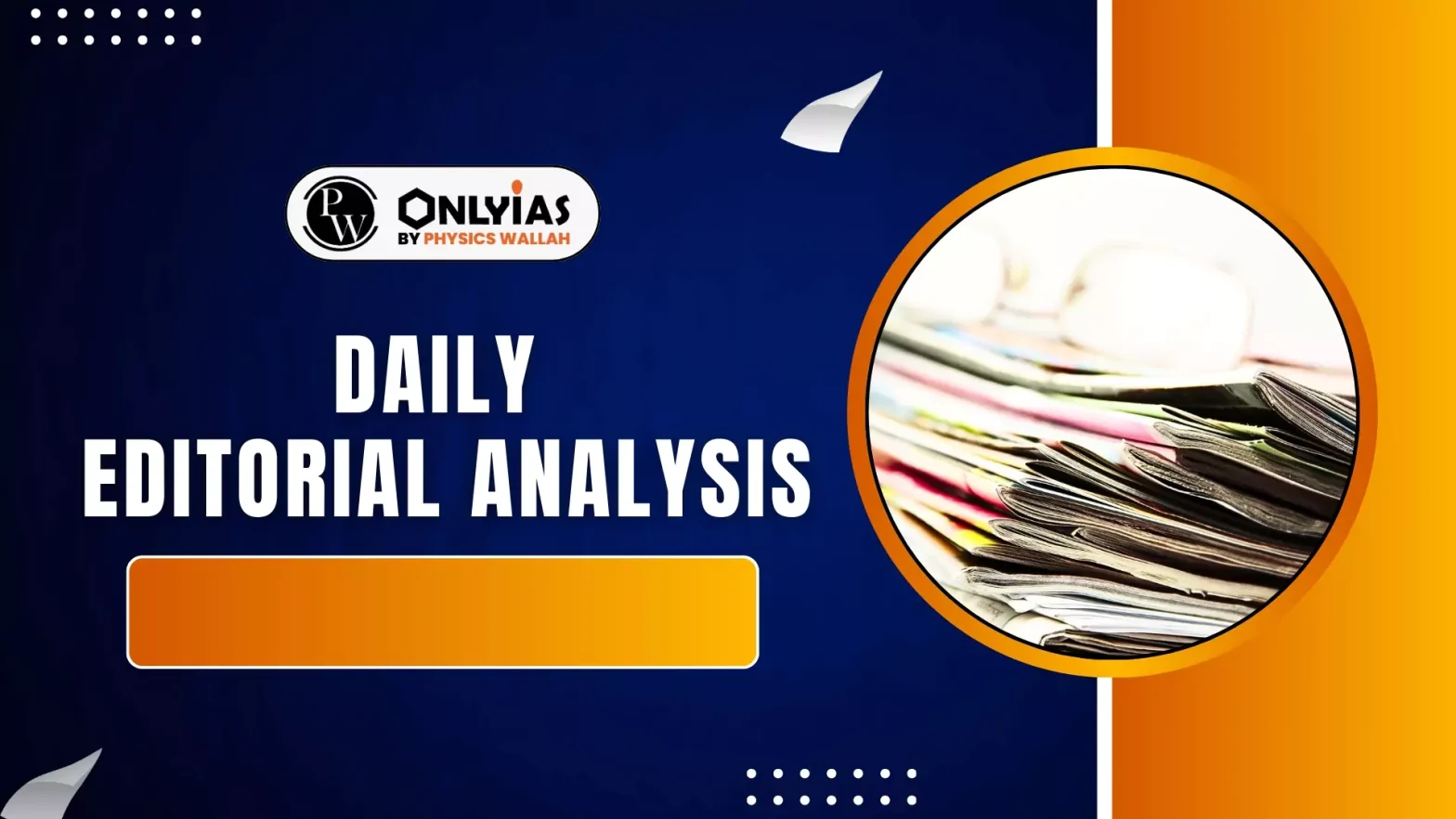India is giving free food to more than 800 million people. With extreme poverty falling to 5.3 per cent, there is a need to rationalise this food subsidy.
Economic Growth Trajectory Of India (2004-2025)
- GDP Growth (Nominal and PPP): India is poised to become the fourth-largest economy globally, just behind the US ($30.5 trillion), China ($19.2 trillion) and Germany ($4.74 trillion).
- Nominal GDP has nearly doubled over the last 11 years.
- 2004: $709 billion
- 2014: $2.04 trillion (2.8x growth in 10 years)
- 2025: $4.19 trillion (almost doubled in 11 years)
- Gross Domestic Product (GDP): It represents the total value of goods and services produced within a country in a year.
- Nominal GDP: The total market value of all final goods and services produced in a country in a given year, measured using current prices, without adjusting for inflation.
- GDP in PPP Terms: India’s GDP at Purchasing Power Parity (PPP) reached $17.65 trillion (2025), making it the third-largest economy globally in PPP terms after China ($40.72 trillion) and USA ($30.51 trillion).
- 2004: $2.75 trillion
- 2014: $6.45 trillion
- Purchasing Power Parity (PPP): A method to compare the economic productivity and standards of living between countries by adjusting for differences in price levels.
- Per Capita Income (PPP) Progress :
- 2004: $2,424.2
- 2014: $4,935.5
- 2025: $12,131.8
- Per Capita Income (PPP): Indicates Average income per person, adjusted for cost-of-living differences across countries.
- India’s global rank improves from 181 (2004) to 149 (2025).
- However, despite this progress, India still ranks lowest among G20 countries in both per capita GDP ($2,878) and PPP terms ($12,131.8).
- India is behind Sri Lanka ($14,970) and Bhutan ($17,735), though it remains ahead of Pakistan ($6,950.5) and Bangladesh ($10,261.1) in 2025 (IMF).
- Gini Coefficient: In 2004: 0.34, in 2014: 0.35 and in 2021: 0.33, indicating moderate inequality in India, according to the World Bank.
- The Gini Coefficient (or Gini Index) is a statistical measure of income or wealth inequality within a population. It quantifies how evenly income or wealth is distributed.
- A higher Gini Coefficient indicates greater inequality. A value close to 1 means that income is concentrated in the hands of a few.
- It ranges from 0 to 1. A value of 0 represents perfect equality, where everyone has the same income.
- Poverty Reduction:
- Extreme Poverty (at $3/day, 2021 PPP)
- 2011: 27.1%
- 2022: 5.3%
- The 80% drop marks one of the fastest and most significant fall in poverty that India has achieved in any period since 1977.
- Extreme Poverty ($3/day): The share of population living on less than $3 per day, adjusted for PPP.
- Poverty at $4.20/day (Lower-Middle Income Threshold)
- 2011: 57.7%
- 2022: 23.9%
- There is a 60% decline in 10 years
Sectoral Performance: Agriculture
- Employment in Agriculture (Periodic Labour Force Survey 2023–24): Agriculture employs 46.1% of India’s workforce.
- Agricultural GDP Growth
- 2005–2014: 3.5% per annum (including 2009–10 drought)
- 2015–2025: 4.0% per annum (including 2014–15 and 2015–16 droughts, consistent growth despite climate shocks)
- Key welfare Schemes:
- Free Food: Beneficiaries: Over 800 million people
- Entitlement: 5 kg rice/wheat per person per month
- Budget (FY26): ₹2.03 lakh crore
- PM KISAN: Direct Cash Transfer to farmers.
- PM Awas Yojana for affordable housing.
- Urea price is frozen to keep input costs low for farmers.
Revisiting Subsidies: The Case For Reform
- With extreme poverty in India declining to just 5.3%, the country must recalibrate its subsidy policies.
- Food Subsidy: From Hunger to Nutrition
- ₹2.03 lakh crore allocated for food subsidy in FY26.
- 800 million people receive 5 kg/month of free rice or wheat.
- However, this does not address hidden hunger (micronutrient deficiency).
- Items like pulses, milk, and eggs remain unaffordable for many.
- Proposal: Introduction of digital food coupons worth ₹700/family/month for the bottom 15%, tapered to ₹500/family/month for others. This enables purchase of nutritious food from designated stores, improves choice, and reduces grain dependence.
- Reduce Leakages, Boost Efficiency
- Current PDS suffers from leakages and transit/storage losses.
- Digital coupons can curb fraud, track redemptions, and allow access to a wider network of stores.
- Fertiliser Subsidy Reform
- ₹1.56 lakh crore set for fertiliser subsidy in FY26.
- Current system leads to overuse of subsidised urea leading to imbalanced NPK use, inefficiency, and environmental harm such as soil degradation, water pollution, air pollution etc.
- Proposal:
- Issue fertiliser coupons to farmers.
- Deregulate fertiliser prices, allow choice of chemical, biofertilizers, or natural farming.
- Save costs, improve soil health, and cut import dependence.
Implementational Challenge
- Tenant Farmers & Informal Workers: Many beneficiaries, such as tenant farmers and migrant laborers, are not properly documented in existing databases.
- Identifying tenant farmers and building trust.
- Data Triangulation Required: Combining land records, Aadhaar, ration cards, and income data to ensure accurate targeting.
- Exclusion Errors: Risk of genuine beneficiaries being left out due to outdated or incomplete records.
Way Forward
- Transparent Communication: Governments must proactively engage beneficiaries, especially farmers and low-income households to build confidence and reduce resistance to change.
- Consultative committees with farmer unions, cooperatives, and women SHGs to incorporate feedback.
Conclusion
With poverty at record lows, and food and fertiliser subsidies absorbing massive public resources, the time is right to shift to targeted and efficient subsidy delivery mechanisms
![]() 24 Jun 2025
24 Jun 2025

